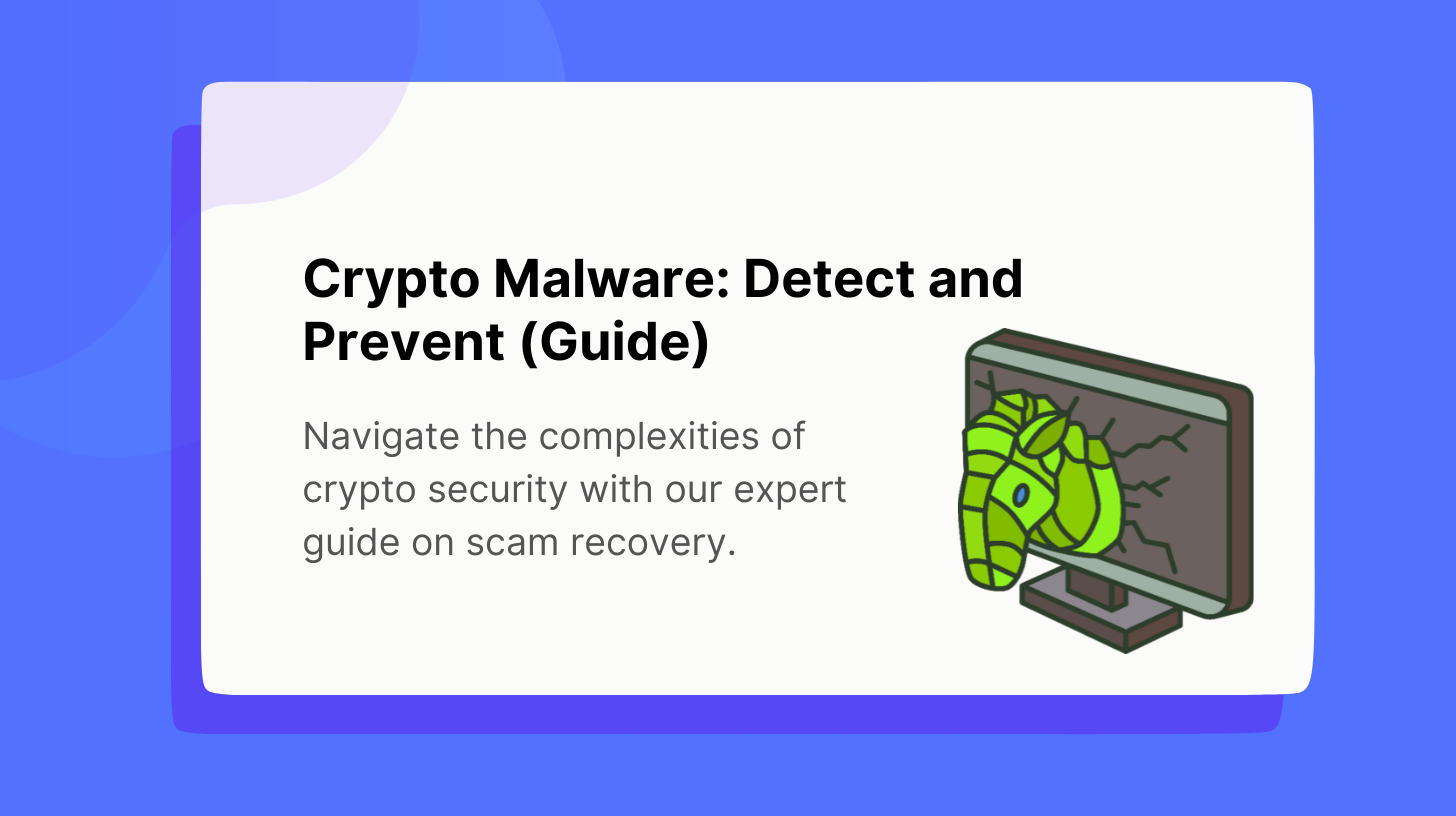Staking in decentralized finance (DeFi) represents a pivotal element in the blockchain world, offering more than just a passive income opportunity. It’s integral to the health and functionality of many blockchain ecosystems. Unlike traditional staking methods, DeFi staking involves locking up cryptocurrencies in a smart contract to participate in network operations. This mechanism doesn’t just secure the network and grants token holders governance rights, often allowing them to influence crucial ecosystem decisions.
Risks and Rewards: Balancing the Scales
The appeal of staking in DeFi, particularly its lucrative ROI, is undeniable. However, the path is fraught with risks. Market volatility can significantly affect the value of staked assets. Additionally, vulnerabilities in smart contract design pose a serious threat, a fact underscored by various DeFi platform exploits.
Analogy: Think of staking in DeFi like planting a tree in an unpredictable climate. The tree (your investment) has the potential to grow and bear fruits (returns), but the erratic weather (market volatility) and pests (security risks) can impede its growth.
The Role of Liquidity Pools in Staking
Liquidity pools have revolutionized DeFi staking. By staking assets in a pool, users contribute to a platform’s liquidity, which is then utilized for lending or swapping different tokens. This system maintains liquidity and rewards stakers with a share of transaction fees. The concept of liquidity mining has further enhanced the appeal of liquidity pools.
Staking and Its Impact on Token Economics
Staking exerts a significant influence on the economics of tokens. By locking tokens in staking protocols, they are effectively removed from circulation, potentially leading to reduced supply and increased scarcity. This dynamic can lead to price appreciation, particularly beneficial for long-term stakers.
Moreover, staking can stabilize token prices. The mechanism encourages holding tokens over longer periods, reducing the likelihood of sudden sell-offs that can cause price volatility. This aspect is particularly attractive to investors looking for more stability in the highly volatile crypto market.
Getting Started with Staking in DeFi
Embarking on your staking journey in the DeFi space can be exciting yet daunting for newcomers. Heres a simplified guide to help you begin:
Step 1: Understanding the Basics
Before diving into staking, its crucial to have a clear understanding of DeFi and how staking works. Research different DeFi platforms, the tokens they support for staking, and the associated rewards and risks. Educate yourself about the technology behind these platforms, including smart contracts and blockchain security.
Step 2: Choosing a DeFi Platform
Select a DeFi platform like SmartCredit.io that aligns with your investment goals and risk tolerance. Factors to consider include the platforms reputation, staking rewards, token liquidity, and the robustness of its smart contract security. Popular platforms for staking include Ethereum 2.0, Binance Smart Chain, and Polkadot.
Step 3: Acquiring Cryptocurrency
Purchase the cryptocurrency that you intend to stake. This can be done through various cryptocurrency exchanges. Ensure that the crypto you buy is supported by the DeFi platform you’ve chosen. Pay attention to the transaction fees and the time it takes to process transactions on the exchange.
Step 4: Setting Up a Digital Wallet
Create and secure a digital wallet that supports the cryptocurrency for staking. Your wallet will store your digital assets and interact with the DeFi platform. Popular choices include MetaMask, Trust Wallet, and Ledger. Ensure your wallet is compatible with the blockchain of the DeFi platform you are using.
Step 5: Transferring Funds to Your Wallet
Transfer the purchased cryptocurrency from the exchange to your digital wallet. Double-check wallet addresses before transferring to avoid irreversible losses. Consider small test transactions first to ensure everything works smoothly.
Step 6: Staking Your Cryptocurrency
Connect your wallet to the chosen DeFi platform. Navigate to the staking section and select the amount of cryptocurrency you wish to stake. Be aware of the minimum staking requirements and the lock-up period, if any. Confirm the transaction and start earning staking rewards based on the platforms specific mechanisms.
Step 7: Monitoring and Managing Your Staking
Regularly monitor the performance of your staked assets. Stay informed about any updates or changes in the DeFi platforms policies or staking terms. Be ready to adjust your strategy in response to market changes or new opportunities in the DeFi ecosystem.
Remember, staking in DeFi involves risk, and its important to only invest what you can afford to lose. The DeFi space is continuously evolving, so keeping up-to-date with the latest trends and security practices is essential for a successful staking experience.
Emerging Trends: Staking in Layer 2 and Cross-Chain Environments
The evolution of staking in DeFi is becoming increasingly evident in Layer 2 solutions and cross-chain platforms. Staking in these environments not only offers traditional benefits but also enhances scalability and interoperability. For instance, staking on a Layer 2 solution like Polygon can lead to faster transactions and lower fees, making it an attractive option for users and investors alike.
Cross-chain staking platforms are also gaining traction, allowing users to stake one token and earn rewards in another, facilitating greater flexibility and diversification in investment strategies.
Conclusion: The Future of Staking in DeFi
Staking in DeFi transcends the mere act of investment. It’s a commitment to the governance and resilience of decentralized financial systems. As the DeFi landscape continues to evolve, so too will the mechanisms and opportunities for staking. These advancements promise to offer more sophisticated and secure ways for participants to engage with and benefit from the DeFi ecosystem.
FAQs:
What are the best practices for staking in DeFi?
- Conduct thorough research on platforms and tokens before staking.
- Diversify staking across different tokens and platforms to mitigate risks.
- Stay informed about market trends and platform updates to make informed decisions.
How does staking contribute to DeFi security?
Staking incentivizes token holders to act in the networks best interest, thereby enhancing security. It plays a role in detecting and preventing malicious activities within the network.






